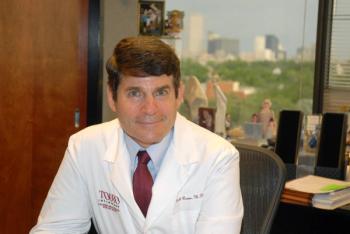
8 best ways to keep your practice safe
Health care faces unprecedented challenges from cyberattacks, measles outbreaks, and workplace violence, highlighting the need for continuous safety measures.
In January, the
Spring brought a different kind of threat: measles.
Meanwhile, a series of violent incidents in emergency departments and outpatient clinics—punctuated by an April assault that left two primary-care workers hospitalized—has accelerated Congressional momentum behind the
Cybercriminals, vaccine-preventable diseases and physical violence may seem like unrelated hazards, but they share one lesson: safety can’t be a once-a-year checklist. It must be woven into everyday workflows, budgets and conversations. The eight action items below, grounded in recent Physicians Practice coverage, offer a step-by-step blueprint.
Newsletter
Optimize your practice with the Physicians Practice newsletter, offering management pearls, leadership tips, and business strategies tailored for practice administrators and physicians of any specialty.










